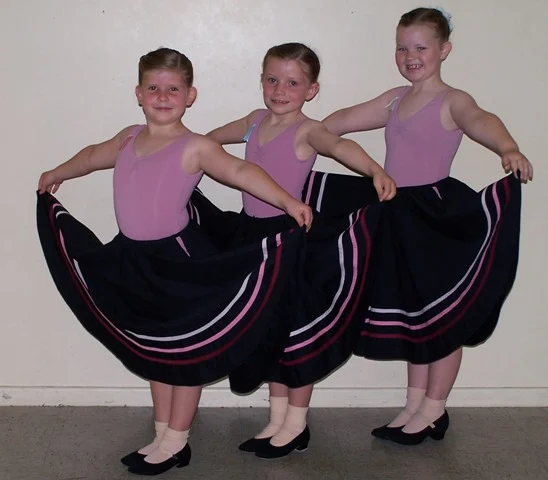
- what-grade-is-the-first-school-dance
- why-schools-introduce-dances-in-middle-grades
- what-to-expect-at-a-first-school-dance
- how-parents-and-schools-support-the-experience
- real-life-experiences-from-students
- making-the-most-of-the-first-school-dance
1. What Grade Is the First School Dance?
For many students across the U.S., the first school dance typically occurs in 6th or 7th grade, when they transition from elementary to middle school. This shift often brings more independence and new social experiences, including dances organized by the school to foster a sense of community and social development.
While there's no national standard, most middle schools introduce dances as a structured yet fun way for pre-teens to begin socializing in larger peer groups. Some schools even host informal events in 5th grade, but these are generally more like celebrations than traditional dances.
2. Why Schools Introduce Dances in Middle Grades
2.1. Building Social Confidence
One of the main reasons schools organize dances in middle school is to help students build social skills. These events are not just about dancing—they teach etiquette, boundaries, and respectful interactions. It’s a hands-on way for kids to learn communication outside of academic settings.
2.2. Encouraging School Spirit
Dances often align with school spirit weeks, seasonal events, or graduation milestones. They offer students something to look forward to and build stronger emotional ties to their school community. For instance, many 6th grade welcome-back dances are designed to help new middle schoolers connect and make friends.
3. What to Expect at a First School Dance
3.1. A Safe, Supervised Environment
The first dance is usually held in the gym or cafeteria and supervised by teachers and parent volunteers. Music is upbeat, snacks are simple, and decorations are modest. No slow dances are required—it’s more about hanging out than romance.
3.2. Dress Codes and Comfort Zones
Students might be told to dress casually or semi-formally depending on the theme. Most wear jeans, sneakers, and their favorite hoodie or shirt. It’s less about fashion and more about feeling confident in their own skin. Some kids dance, others chat or play games at the side.
4. How Parents and Schools Support the Experience
4.1. Prepping for Nerves
It’s completely normal for kids to feel nervous. Parents can help by talking about what to expect and sharing their own (often awkward but funny) dance stories. Schools often provide reminders about respectful behavior and set clear expectations so everyone feels comfortable.
4.2. Structured Yet Fun
Middle school dances usually include games, snack breaks, and even photo booths to make the event more inviting. This balance of structure and fun helps all students participate at their own comfort level, whether they love dancing or not.
5. Real-Life Experiences from Students
5.1. Emma’s First Dance in 6th Grade
Emma, now a high school junior, still remembers her first school dance in 6th grade: “I barely danced at all. My friends and I just took silly photos and ate chips the whole time. But it made me feel like I was finally growing up.”
5.2. From Awkward to Amazing
Jacob, who started off hiding in the corner, eventually joined a dance circle thanks to a teacher’s encouragement. “It wasn’t about dancing well. It was about feeling included,” he says. These moments often become core memories in a student's school life.
6. Making the Most of the First School Dance
6.1. For Students: Be Yourself
Whether you’re excited or nervous, remember that almost everyone else is feeling the same way. Bring a friend, set small goals (like saying hi to three people), and don’t stress about dancing perfectly—there’s no such thing.
6.2. For Parents: Support Without Pressure
It’s tempting to micromanage outfits or drop unsolicited advice, but most students benefit from gentle support and space to explore their own style and comfort level. Encourage them, offer a ride, and maybe help them shop for something they feel good wearing.
6.3. For Educators: Keep It Inclusive
Schools can make first dances welcoming by offering various forms of engagement—not just dancing. Include games, a quiet zone, and make sure supervision encourages inclusion rather than discipline. A positive first experience can shape a student’s confidence for years.
If you're looking for age-appropriate dancewear, music ideas, or even event planning support, check out American Dance Academy for trusted tools to make the first dance memorable and fun.
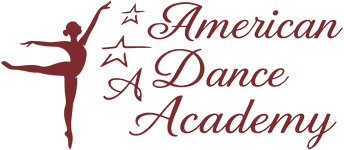
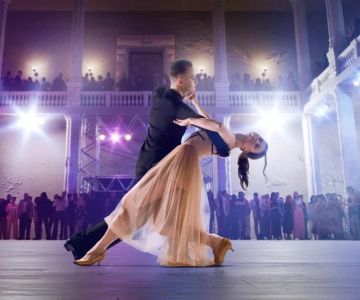
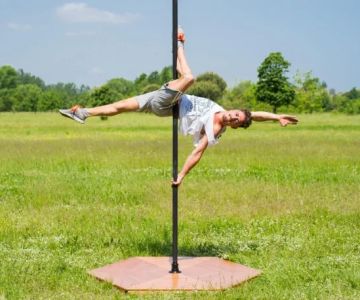
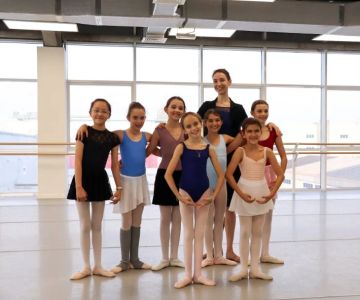
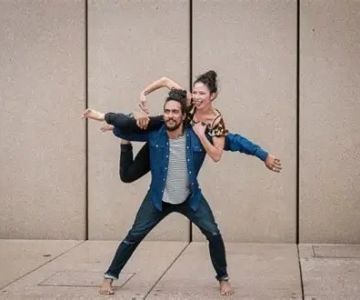

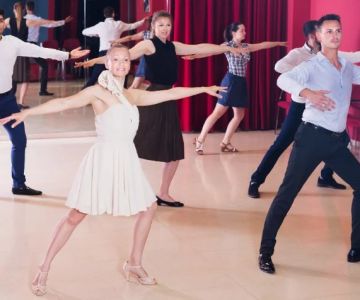
 Barrington Dance Academy5.0 (22 reviews)
Barrington Dance Academy5.0 (22 reviews)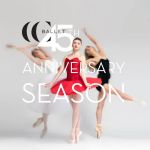 Canyon Concert Ballet4.0 (17 reviews)
Canyon Concert Ballet4.0 (17 reviews) Big City Dance Center LLC4.0 (25 reviews)
Big City Dance Center LLC4.0 (25 reviews) Tye Chua Dance & Kalamazoo Ballet5.0 (18 reviews)
Tye Chua Dance & Kalamazoo Ballet5.0 (18 reviews) Fenton Ballet Theatre4.0 (24 reviews)
Fenton Ballet Theatre4.0 (24 reviews) Front Street Dance Center5.0 (7 reviews)
Front Street Dance Center5.0 (7 reviews) Are There Dances in Middle School? What Students and Parents Should Know
Are There Dances in Middle School? What Students and Parents Should Know How a Dance School in Instagram Builds Community and Success
How a Dance School in Instagram Builds Community and Success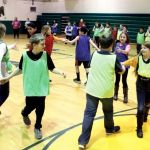 Why Do Schools Teach Square Dancing?
Why Do Schools Teach Square Dancing?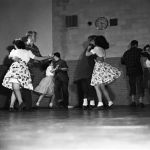 Why Was Square Dancing Taught in School?
Why Was Square Dancing Taught in School? Why Swing Dance Is Popular for Adults
Why Swing Dance Is Popular for Adults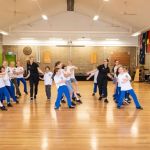 A School Dance: How to Prepare, Shine, and Make It Unforgettable
A School Dance: How to Prepare, Shine, and Make It Unforgettable